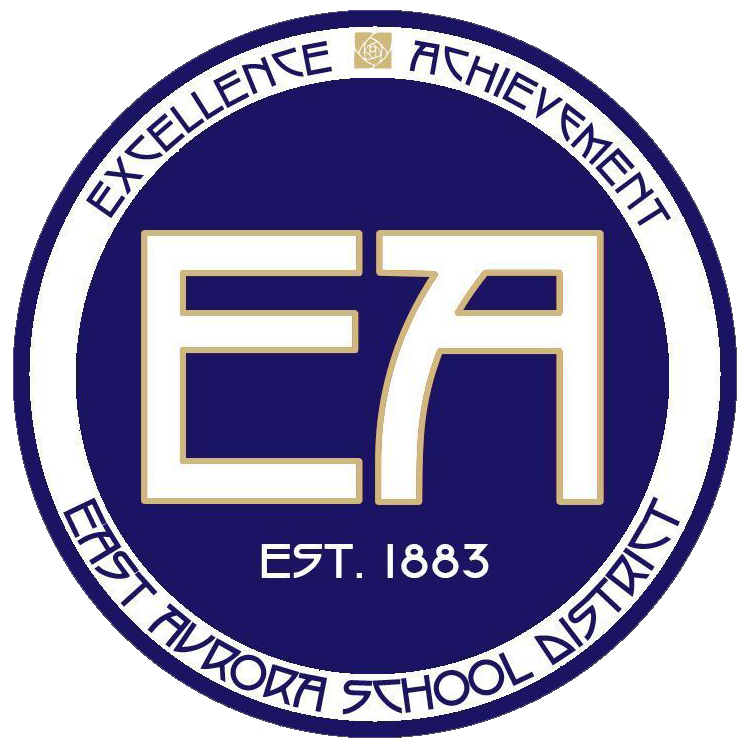Monthly Administrative Updates
February 2025 Administrative Update

by Jessica Lyons
Director of Curriculum & Instruction
Artificial Intelligence (AI) is transforming how we interact with technology and the world around us. But what is AI? At its core, AI refers to computer systems capable of tasks like problem-solving, learning, and decision-making. From chatbots like ChatGPT to image generators and virtual tutors, AI is becoming increasingly prevalent in and out of schools.
AI platforms like Magic School, ChatGPT, and DiffIt offer immense potential to enhance teaching and learning but also pose challenges. Benefits include personalized learning for students and streamlined tasks for teachers. For instance, AI can assist teachers with grading, lesson planning, and generating creative ideas. Students can use it to access personalized tutorials, explore concepts in depth, and even receive instant feedback on their work. However, drawbacks like data privacy concerns, over-reliance, and misuse, such as cheating, must be addressed. Schools play a critical role in guiding students and staff to use AI responsibly.
Despite these challenges, AI is growing rapidly and is here to stay. At East Aurora Schools, we view it as an opportunity to prepare students for the future. AI won’t replace teachers but can support them as a valuable tool. To help staff and students integrate AI effectively, we’ve introduced peer-to-peer teaching sessions, workshops on staff development days, and BOCES specialist presentations. These initiatives are designed to help educators feel confident and capable in leveraging AI tools. New teachers and administrators also receive targeted training to build their understanding of this evolving technology.
Teachers are already using AI innovatively in their classrooms. For example, a 5th-grade ELA teacher used Magic School AI to conclude a fiction narrative writing unit. Students designed story cover pages by inputting descriptions of characters and settings into the AI tool, tweaking results until they were perfect. This activity brought their stories to life and taught students how to use AI meaningfully while enhancing their creativity and attention to detail.
“I thought it was awesome because you can literally type anything, and it will make an image,” shared one student. Another student added, “You can’t always find exactly what you want on Google, but with Magic School, you can make whatever you want.”
In 7th-grade ELA, students used Debate Bot in Magic School to refine persuasive essays. The AI provided counterarguments, challenging students to think critically and defend their positions with evidence. This exercise strengthened their arguments and writing skills, preparing them for real-world debates and discussions. Additionally, the AI Tutor feature was used to review literary elements. By asking students probing questions, the tutor encouraged independent problem-solving and deeper understanding of how literary elements interact within a story.
In our LEAP program, students are using AI for the first time to brainstorm passion project ideas. This tool provides a fresh way to generate and organize ideas, helping students dive into topics with enthusiasm. For many students, this new avenue of brainstorming sparks excitement and encourages them to explore interests they may not have considered before.
While AI’s potential is exciting, teaching students to use it responsibly is crucial. In our classrooms, we emphasize AI as a tool for learning—not a shortcut. By fostering integrity and critical thinking, we aim to prepare students for a world where AI plays a significant role. Lessons include discussions about the ethical implications of AI, recognizing bias in AI-generated content, and the importance of human oversight in using these tools effectively.
At East Aurora Schools, embracing AI is not just about keeping up with technology. It’s about equipping students and staff with the skills needed for a changing world. By using AI thoughtfully and ethically, we can enhance learning, spark creativity, and prepare our students for the future while ensuring that the human connection—the heart of education—remains central. Now, who wrote this article...the author or AI?
